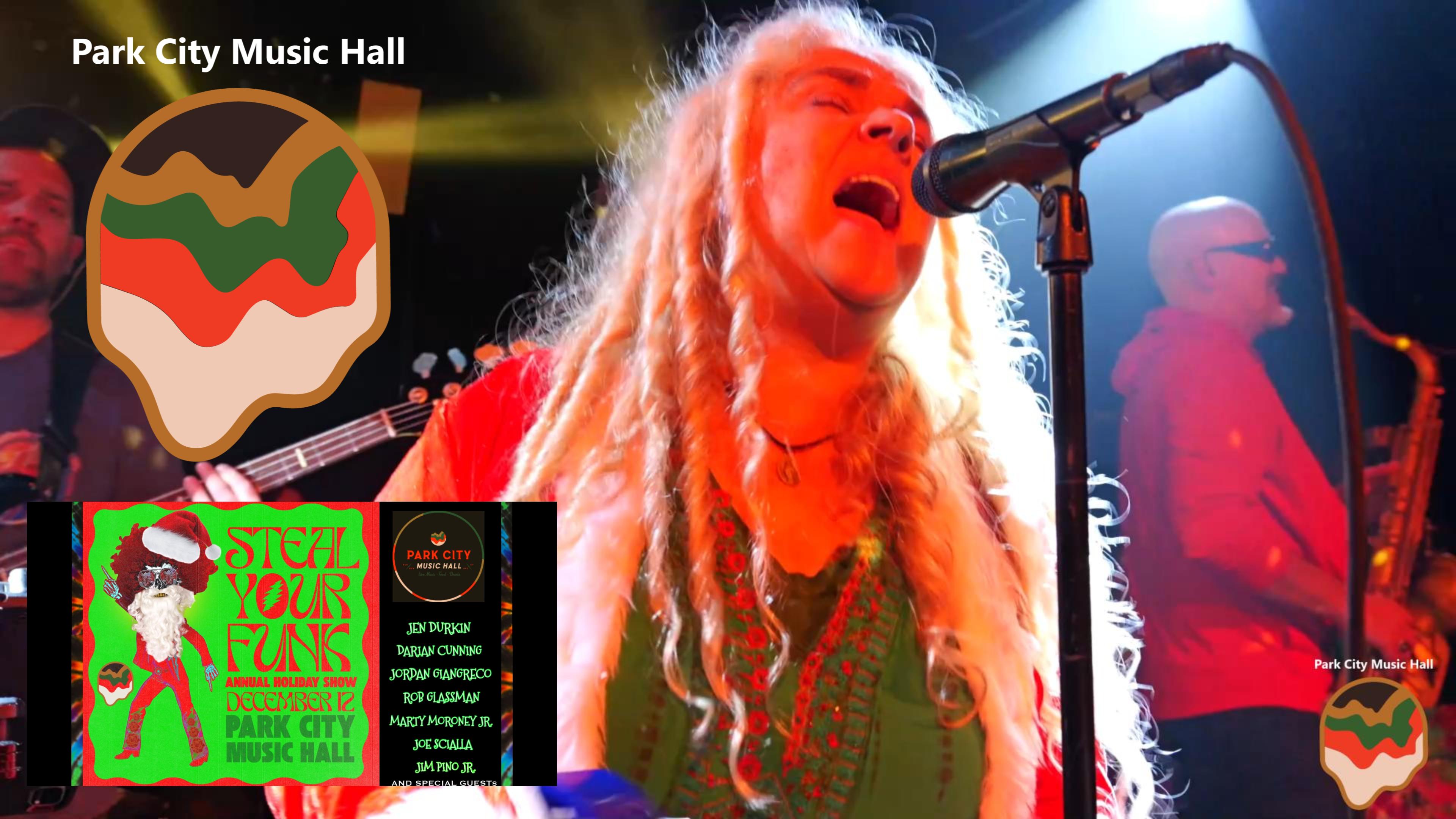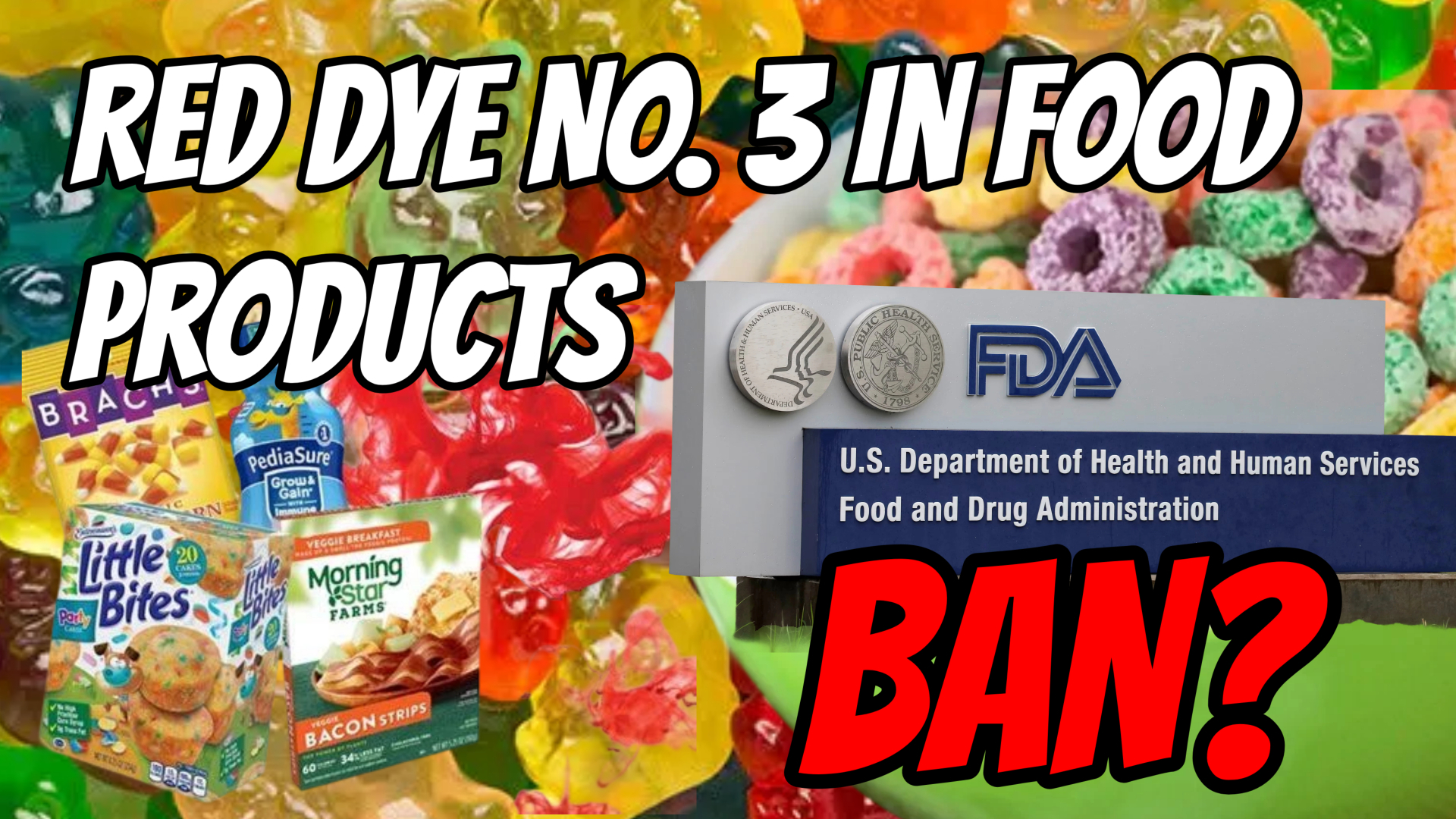The FDA’s Potential Ban on Red Dye No. 3: A Food Industry Revolution
The U.S. Food and Drug Administration (FDA) is preparing to make a historic decision to ban Red Dye No. 3 in food products. This move has sparked widespread interest among consumers and industry leaders, with many questioning what the ban could mean for their favorite snacks and the food industry at large.
What is Red Dye No. 3?
Red Dye No. 3, or erythrosine, is a synthetic food coloring derived from petroleum. Approved by the FDA in 1969, it has been used extensively to provide vibrant cherry-red hues to foods like candies, baked goods, and beverages. However, health concerns surrounding the dye have led to calls for stricter FDA regulations on food color additives.
Health Risks of Red Dye No. 3
Concerns about the health risks of Red Dye No. 3 have been mounting. Studies have linked the dye to thyroid tumors in laboratory animals and behavioral issues in children, such as hyperactivity. The connection between Red Dye No. 3 and cancer risk has further fueled the debate, raising questions about why the dye is banned in cosmetics but allowed in food.
Top Impacts of the Potential Ban
If the FDA moves forward with banning Red Dye No. 3, the decision could lead to a cascade of changes across the food industry and consumer behavior. Here are the most significant ways this change could reshape the landscape:
- Improved Consumer Health: Eliminating Red Dye No. 3 from foods could reduce exposure to a synthetic additive linked to cancer, thyroid tumors, and hyperactivity in children, making the food supply safer for everyone.
- Shift to Natural Ingredients: Food manufacturers would likely replace Red Dye No. 3 with natural alternatives like beet juice and turmeric, catering to growing consumer demand for cleaner and healthier labels.
- Changes in Product Presentation: Natural alternatives may alter the appearance and taste of certain foods, prompting consumers to adjust expectations about the look and flavor of their favorite treats.
- Increased Food Safety Oversight: The ban could pave the way for stricter regulation of other synthetic food additives, aligning U.S. standards with those of countries that already enforce more stringent food safety policies.
- Economic Ripple Effects: Reformulating products could raise production costs, especially for smaller manufacturers, potentially leading to higher prices for consumers.
- Boost in Consumer Awareness: The controversy surrounding Red Dye No. 3 has heightened public awareness of artificial food additives, encouraging more informed dietary choices and advocacy for transparency.
- Innovations in Food Technology: The need for vibrant, natural coloring options could drive significant advancements in food science, resulting in safer and more visually appealing alternatives.
- Regional and Global Policy Alignment: A U.S. ban would bridge gaps between state-level actions (like California’s upcoming ban) and international regulations, creating a more uniform approach to food safety.
- Corporate Adaptation: Major brands would need to adapt by reformulating products and updating labeling, reflecting their commitment to consumer safety and staying competitive in a health-conscious market.
- Increased Trust in Food Products: Removing a controversial ingredient could build greater consumer trust in the food industry, fostering confidence in the safety and quality of available products.
Foods That Contain Red Dye No. 3
Red Dye No. 3, also known as erythrosine, is a synthetic food coloring used extensively in a wide variety of products, making it one of the most ubiquitous artificial additives in the American food supply. This petroleum-derived dye is commonly found in brightly colored snacks, candies, and confections such as jelly beans, fruit chews, gummy candies, and lollipops. It is a staple in many baked goods like cookies, cakes, and pastries, often used to create vibrant frosting and fillings that appeal to consumers.
In addition to sweet treats, Red Dye No. 3 is prevalent in beverages, including some sodas, fruit punches, and powdered drink mixes. Surprisingly, it also appears in certain children's medications, including liquid syrups and chewable tablets, as well as over-the-counter dietary supplements. Many consumers are unaware of its presence in these products, as the ingredient is often listed under technical terms that can be easily overlooked.
Health-conscious consumers are increasingly seeking to avoid foods with artificial dyes like Red Dye No. 3. The growing awareness of its potential health risks, including links to thyroid tumors and behavioral issues in children, has prompted a shift toward natural alternatives. As a result, many parents are opting for dye-free children’s medications and naturally colored products that use safe, plant-based alternatives such as beet juice, turmeric, and paprika extracts.
For those looking to eliminate Red Dye No. 3 from their diets, it’s important to read ingredient labels carefully and look for certifications such as “dye-free” or “all-natural.” Organic food products, which are free from synthetic dyes by regulation, provide a reliable option for consumers prioritizing safety and transparency. The shift toward naturally colored foods is becoming more evident, as major brands and manufacturers respond to consumer demand by reformulating products and removing synthetic dyes altogether.
Types Of Food Products that contain Red Dye No. 3
| Category | Examples |
|---|---|
| Candies | Jelly beans, gummy bears, lollipops, candy corns, fruit chews, hard candies |
| Baked Goods | Cakes, cookies, pastries, toaster pastries, frostings, icings |
| Beverages | Fruit punches, flavored drink mixes, sodas (e.g., certain cherry or strawberry flavors), sports drinks |
| Dairy Products | Strawberry milk, flavored yogurts, frozen dairy desserts (e.g., ice cream, frozen yogurt, sherbet) |
| Snacks | Fruit snacks, gelatin desserts, colored marshmallows |
| Breakfast Cereals | Fruit-flavored cereals, cereals with colored pieces |
| Processed Fruits | Maraschino cherries, canned fruit cocktails containing cherries |
| Medications and Supplements | Children's liquid medicines, chewable vitamins, certain cough syrups |
| Meat Products | Sausage casings, some bacon bits |
| Condiments | Some barbecue sauces, salad dressings with red hues |
Frequently Asked Questions
Find answers to the most common questions about popular candy and snack brands, products, and more. Explore top-ranking products and get insights in this comprehensive FAQ guide.
The FDA’s potential ban on Red Dye No. 3 could have significant financial implications for various industries, with the potential for considerable revenue loss. Companies across the food, beverage, and pharmaceutical sectors will face challenges in adapting to the regulatory change. Here's a breakdown of the key reasons behind the anticipated revenue loss:
1. Reformulation Costs
- Ingredient Substitution: Companies will need to invest in sourcing and testing natural alternatives to replace Red Dye No. 3.
- Production Line Adjustments: Manufacturing processes may require changes to accommodate new ingredients, leading to downtime and increased costs.
- Research and Development (R&D): Extensive R&D will be necessary to ensure new formulations meet quality, appearance, and taste standards.
2. Packaging and Labeling Changes
- Rebranding: Products featuring Red Dye No. 3 will need updated labels and marketing materials to reflect the reformulation.
- Waste Disposal: Existing packaging and inventory may need to be discarded, resulting in sunk costs.
3. Consumer Perception and Behavior
- Loss of Trust: Consumers might lose trust in brands previously using the additive, impacting customer loyalty.
- Taste and Appearance Concerns: Changes in product color or flavor could lead to decreased consumer satisfaction and demand.
- Shift to Competitors: Consumers may turn to competitors who already offer dye-free or natural alternatives.
4. Regulatory Penalties and Compliance Costs
- Non-Compliance Fines: Companies failing to comply with the ban in time may face legal and financial penalties.
- Training and Implementation: Employees will need training to adhere to new regulatory standards, incurring additional costs.
5. Market Saturation of Alternatives
- Increased Competition: As more companies reformulate to meet demand for dye-free products, market saturation could lower profit margins.
- Premium Pricing Resistance: Products reformulated with natural alternatives may face consumer resistance if priced higher.
6. Loss of International Marketability
- Export Restrictions: Countries with stricter food additive regulations may impose additional restrictions, affecting international sales.
- Reputation Damage: Association with Red Dye No. 3 could harm a brand’s global standing, reducing revenue potential abroad.
7. Immediate Inventory Write-Offs
- Unsellable Products: Stock containing Red Dye No. 3 might become unsellable overnight, leading to significant inventory losses.
- Supply Chain Disruptions: Suppliers and distributors could face delays and cancellations, further affecting revenue streams.
8. Potential for Legal Action
- Litigation Costs: Lawsuits from consumers or advocacy groups citing harm from products with Red Dye No. 3 could add financial strain.
- Settlements or Recalls: Companies might be required to issue recalls or settlements, leading to further revenue loss.






























































